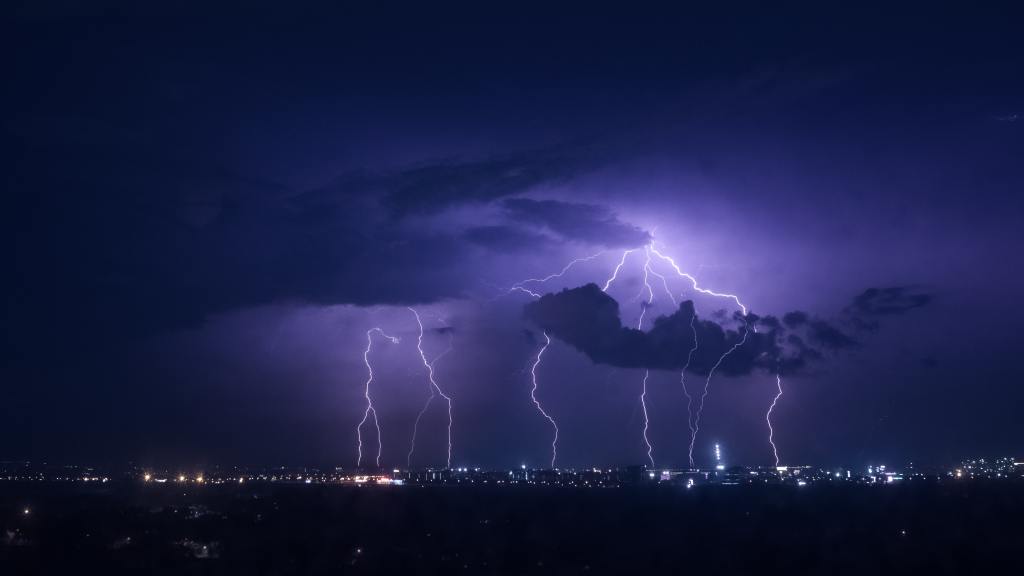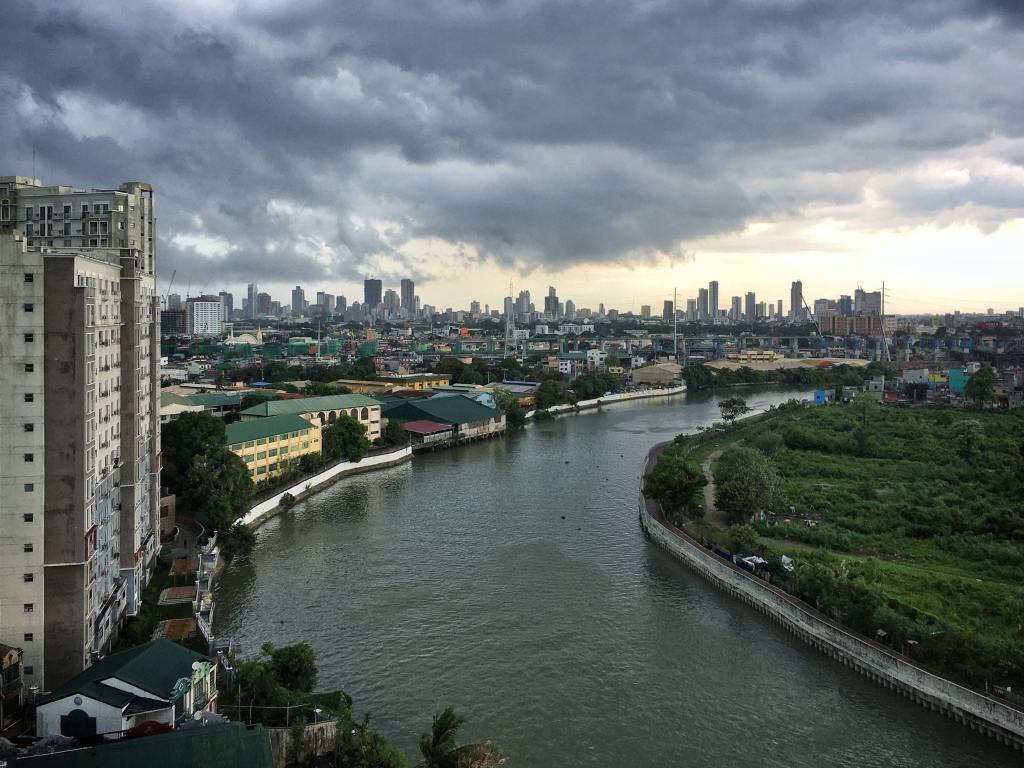“Not Just Resilience but CLIMATE JUSTICE”.
The call above has been going around in social media during and after the onslaught of Typhoon Ulysses. Filipinos are tired of using the rhetoric of resilience to portray the condition of residents who were hardest hit by the typhoon. Being resilient has unfortunately been equated with peoples’ ability to transcend disasters rather than the effective management of the complex process of recovery. It has the tendency to shut down dissent and shift responsibilities away from the state.
In place of resilience, Filipinos have called for climate justice. However, justice is not only an abstract concept, it is also quite loaded and highly contentious. Ideas of what is just are context dependent and deeply contested. In this article I draw from the justice literature as I attempt to unpack what climate justice is and how we might strive towards it.
What is Justice?
The Oxford English dictionary defines justice as “the quality of being equal or fair, impartial, or of even-handed dealing”. It implies the presence of fair treatment and the lack of self-interest. Justice is depicted as a blindfolded woman holding scales and a sword who hands out equal treatment for all regardless of one’s advantage or disadvantage.
Elsewhere, justice is defined in terms of retribution. An act is considered just if it follows the dictum “an eye for an eye”. Others define justice in terms of compensation. They argue that justice involves compensating parties that have been harmed by the actions of others.
As of late, people have been calling for climate justice. People around the world – activists, scholars, celebrities, and even young students – are boldly demanding action to hold governments and companies accountable. What are they fighting for? What does climate justice really entail?
Climate Justice as the Distribution of ‘Goods’ and ‘Bads’
In general, justice is conceptualized in policy circles mainly through distribution of ‘goods’ and ‘bads’ alone. This can be attributed to philosopher John Rawls and his 1971 book “A Theory of Justice”. According to Rawls, justice is only achieved if resources and goods are distributed in such a way that the greatest benefit accrues to the least advantaged in society.
Similarly, climate justice has also been largely conceived in terms of the distribution of benefits and burdens of disaster relief or rehabilitation programs. An intervention is considered just if it distributes benefits according to peoples’ needs. The greater the need, the more resources should be allocated to that person or household.
A distributive focus on justice specifically rings a bell with Filipinos’ experiences of post-disaster recovery programs. We often cry foul over a perceived inequitable distribution of ayuda, especially when the more vulnerable receives less resources than they really deserve. We are triggered whenever special treatment is given to a politician’s family member, relative, or political ally. We question how certain benefits only apply to some groups and not to everyone.
In our concern for an equitable distribution of benefits and resources, we tend to overlook two other critical dimensions of justice. These two actually help explain why some groups are able to benefit more than others.

Climate Justice as Participation
Climate justice also covers the degree of peoples’ participation in decision-making processes. Also known as procedural justice, it explores whether people are involved in the planning and implementation of disaster recovery programs. More importantly, it asks whether people are given the political power to actually shape and influence decisions.
There is no question that most of the disaster recovery programs are now participatory. Various stakeholders, especially the poor, are increasingly being consulted. But key questions remain: what is the nature of such consultations? Are these free from outside interference and imposition? Are the facilitators neutral enough so as to allow the community agenda to emerge authentically? Do people really have the capacity to affect the outcomes?
Climate Justice as Recognition
Aside from participation, climate justice also requires the recognition of all parties to ensure their inclusion and representation. Political scientist Nancy Fraser shows how recognition ought to happen in practice. She argues that social arrangements should permit all to participate as peers in social life. Justice as recognition entails that people should be treated as equals, regardless of their socio-economic backgrounds.
Demanding for recognition involves a closer scrutiny on who gets recognised and involved in the disaster recovery efforts. It asks whose voices are recognised? Who gets to have a say on the planning of the programs? Who gets to attend the meetings and consultations? Do the perspectives of the poor and marginalised inform policy-making and implementation? Are they treated as equals?
Participation and recognition, while often overlooked, are both important components of climate justice. A lack of recognition and participation can lead to poor and unjust outcomes. As long as some groups are more privileged than others (and some voices are more recognised than others), then existing patterns of exclusion, vulnerability, and oppression will never be challenged.

Agency and Participation in the Homeless People’s Federation of the Philippines
One particular NGO that espouses the principles of participation and recognition in their community programs is the Homeless People’s Federation of the Philippines Inc. (HPFPI). I heard a lot of good things about this particular NGO, so I decided to visit one of their field sites in Iloilo City. As expected, I witnessed how its operations entailed the meaningful involvement of their members.
HPFPI consulted and involved its members in every step of its housing project including project planning, procurement of materials, design, and construction. Their members eventually helped determine the location of structures, housing design, and street layout of their projects. HPFPI also promoted a community savings program so that its members do not have to depend on external institutions to meet their emerging needs. They were also technically empowered through different trainings and seminars to that they can negotiate their interests with the state and other institutions.
“We don’t just participate, we sit as equals with city officials in the planning process and we take part in setting plans which affect our communities,” shares Ms. Sonia, one of the community leaders in HPFPI.
By incorporating the three dimensions of climate justice in their development programs, HPFPI ensures that its members are fully supported to draw on their own capabilities to determine their own futures.
Towards Climate Justice
Narratives of resilience and survival only serve to mask existing inequalities and shore up the status quo. They are often used as an excuse for the failures of relief and rehabilitation efforts.
Being sick and tired of the resilience narrative, what do we do next? I suggest that we turn to the concept of climate justice and demand it from our leaders. However, we need to get our facts straight. Climate justice is not just about getting the equal amount of compensation or relief as the other person. That is important but inadequate.
Climate justice also involves two important things. First, it demands that all voices, most especially from the most vulnerable ones, are recognised and heard. Second, it requires that all stakeholders, regardless of their background, are meaningfully included and involved. The case of the Homeless Peoples Federation of the Philippines demonstrates how climate justice could be achieved in practice. Only through a combination of the three – distribution, recognition, and participation – can we ensure that no one is left behind and climate justice will ever be achieved.
